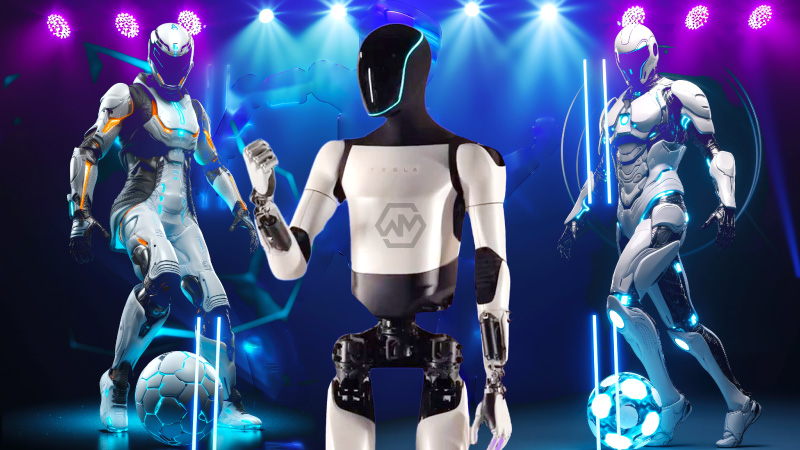- Tesla unveils Optimus, a humanoid robot designed for complex tasks.
- Optimus aims to enhance productivity and safety by handling dangerous and repetitive jobs.
- Potential impact on industries such as manufacturing, healthcare, and service sectors.
Tesla recently showcased its second-generation humanoid robot, Optimus, at an AI conference, signaling its ambitious foray into robotics. Optimus is designed to perform tasks that are dangerous, repetitive, or mundane, thus freeing up human workers for more creative and strategic roles.
The unveiling of Optimus underscores Tesla’s broader strategy to integrate artificial intelligence into various facets of technology and daily life. By harnessing the power of robotics, Tesla aims to not only improve efficiency but also to set new benchmarks in safety and automation.
Tesla’s Optimus: Redefining Robotics in Industry and Beyond
Tesla’s announcement of Optimus, its humanoid robot, represents a bold step forward in the realm of robotics and artificial intelligence. Designed to perform tasks traditionally handled by humans, Optimus is equipped with advanced sensors and AI algorithms that enable it to navigate dynamic environments with precision and efficiency. This capability positions Optimus as a potential game-changer across industries, from manufacturing and logistics to healthcare and beyond.
Elon Musk, Tesla’s visionary CEO, envisions Optimus not just as a tool for improving productivity but also as a catalyst for innovation in human-robot collaboration. By delegating hazardous or repetitive tasks to Optimus, companies can enhance workplace safety and allocate human resources to more complex, creative endeavors. The robot’s anthropomorphic design and versatile capabilities make it suitable for a wide range of applications, from assembly lines to home assistance, reflecting Tesla’s commitment to advancing technology for societal benefit.
The introduction of Optimus underscores Tesla’s strategic pivot towards integrating AI and robotics into its product ecosystem. Beyond its immediate applications in industry, Optimus symbolizes a broader trend towards automation and smart technology. As businesses seek to streamline operations and reduce costs, robots like Optimus could become integral to achieving these objectives while maintaining high standards of efficiency and safety.
In conclusion, Tesla’s Optimus represents a convergence of cutting-edge technology and visionary leadership, poised to redefine the landscape of robotics in the years to come. As development progresses, the implications of Optimus extend far beyond its mechanical capabilities, signaling a paradigm shift towards a future where human and machine cooperation transforms industries and enriches lives.
Optimus from Tesla marks a significant advancement in robotics, promising to revolutionize industries and everyday tasks through its innovative design and capabilities.
“Optimus represents a monumental leap towards integrating AI and robotics in everyday life, reshaping industries and enhancing human potential.”



